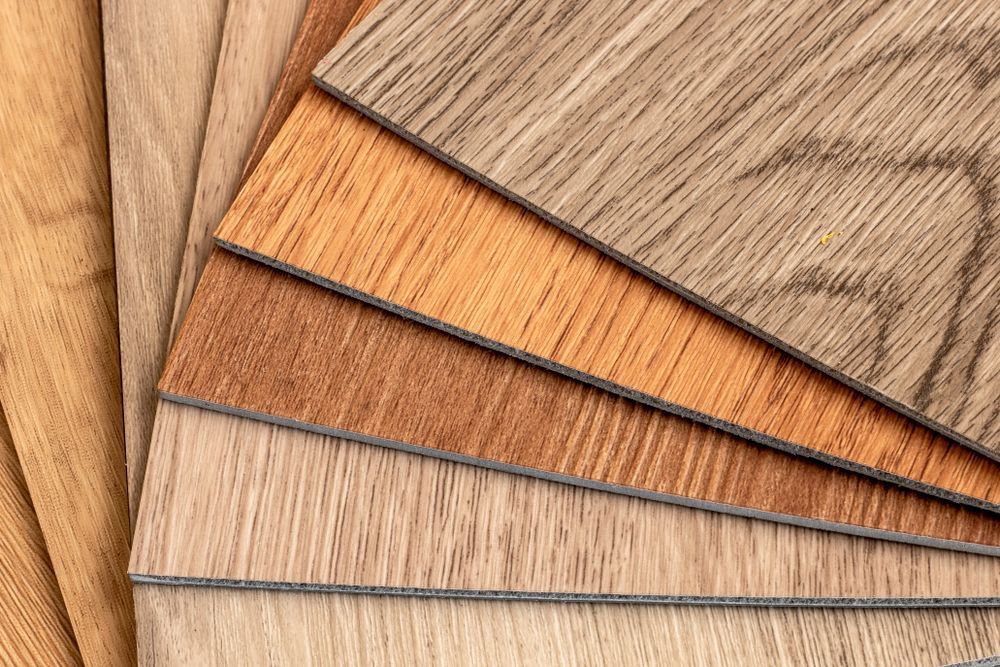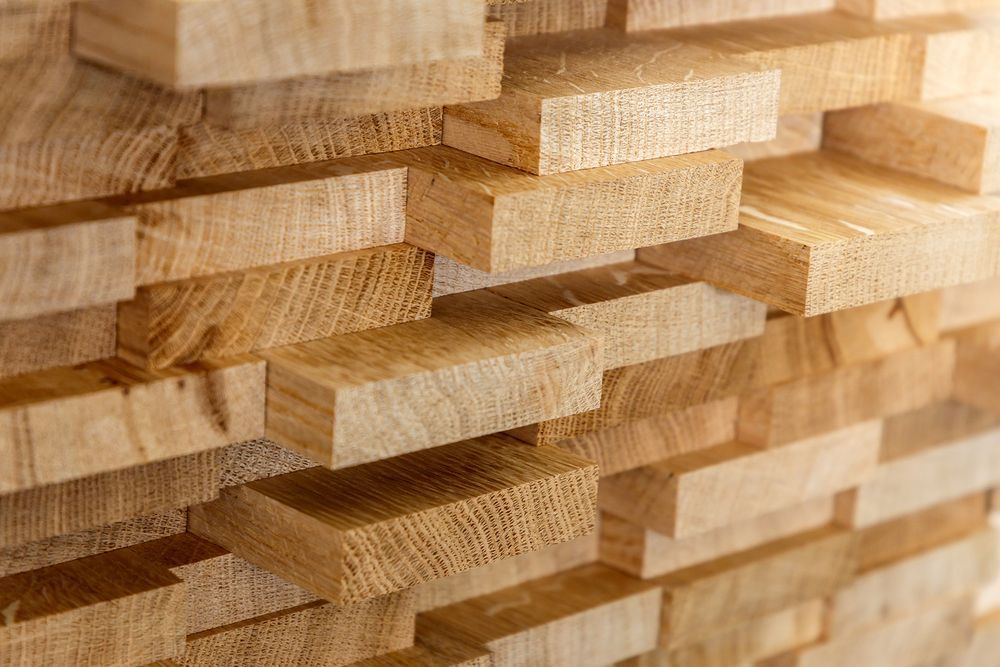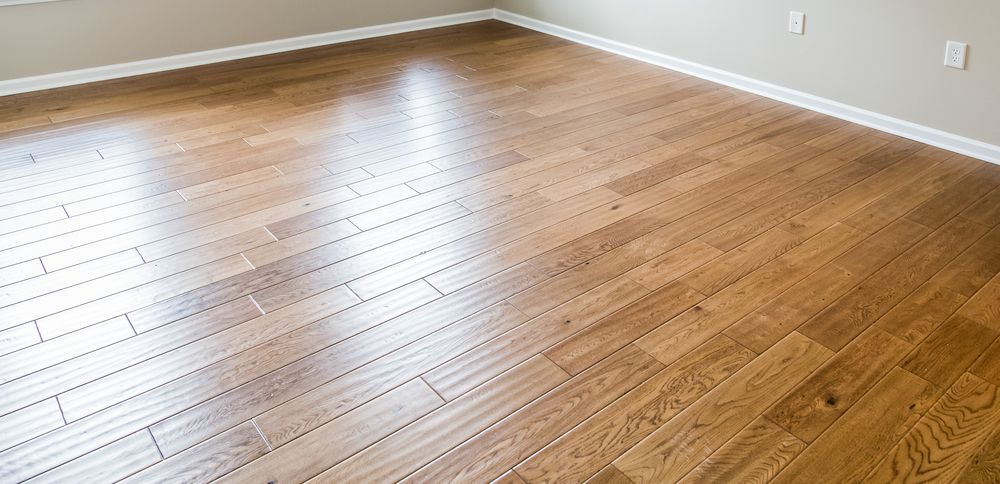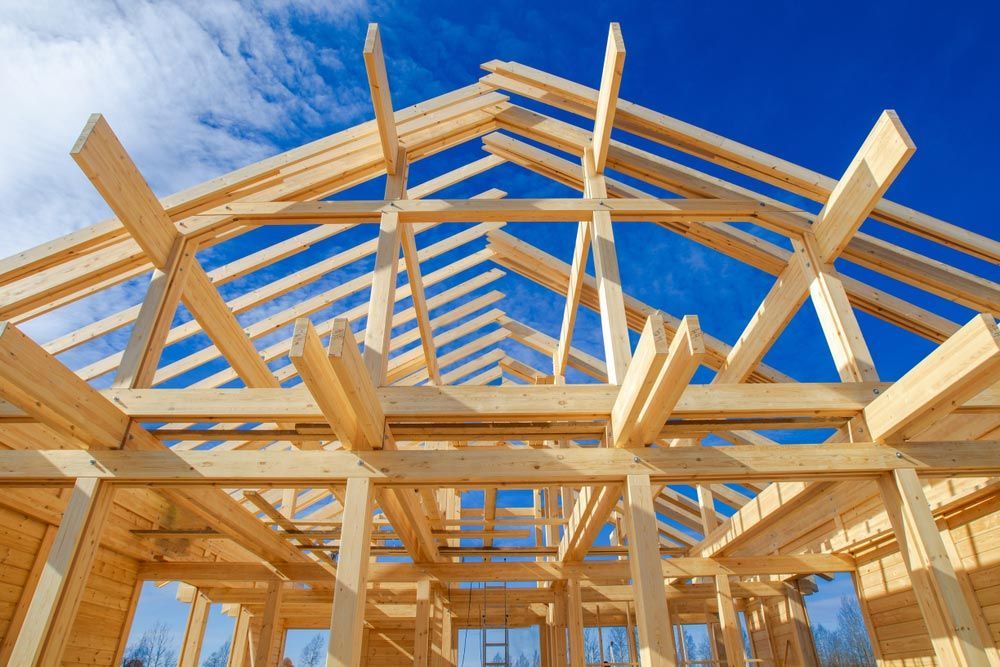How Timber Enhances Acoustic Design in Modern Homes & Studios
Design isn’t just about how a space looks—it’s also about how it sounds. Poor acoustics can affect comfort, clarity, and functionality in both homes and studios. While various materials are used to control sound, timber stands out for its natural acoustic advantages. It doesn’t require complicated treatments or artificial layers to improve audio quality. Instead, its structure supports better sound performance as part of the built environment. This blog explores how timber helps manage acoustics across residential and commercial spaces and why it’s a smart choice for architects and designers working on projects where sound matters.
Timber’s Natural Acoustic Benefits
Timber’s acoustic qualities stem from its natural cellular structure. It absorbs and diffuses sound, helping manage how audio behaves within a space. While harder surfaces tend to reflect sound and create echoes, timber introduces a softness that controls reverberation without the need for synthetic materials.
Benefits of timber in acoustic design:
- Absorbs mid to high-frequency sound through its porous surface.
- Diffuses sound waves to prevent echoes and dead spots.
- Minimises vibration in floors and walls by reducing resonance.
- Enhances sound warmth, creating a pleasing aural atmosphere.
These properties make timber an ideal material for interior designers, architects, and acoustic consultants looking to achieve both form and function.
Acoustic Design in Modern Homes
Open-plan living, large glazed areas, and high ceilings—popular features in modern homes—can also contribute to noise issues if acoustics aren’t addressed. Timber provides a practical and stylish way to soften sound in these environments.
In residential spaces, timber can be used for:
- Ceiling cladding – Softens echoes in open-plan living rooms.
- Wall panels or timber battens – Reduce sound reflection in hallways or bedrooms.
- Timber flooring with underlays – Absorbs impact noise between floors.
- Built-in joinery and cabinetry – Adds both acoustic and aesthetic depth.
With the right design choices, timber becomes a passive acoustic tool that requires no ongoing maintenance or power. Its warm tones also contribute to a calm, natural interior environment that aligns with biophilic design principles.
Studio Acoustics: Why Timber Works
Acoustic precision is everything in studios—whether for music, podcasting, or content creation. Timber not only contributes to sound control but also maintains visual appeal. Many professionals opt for timber as a sustainable, high-performing material that supports creative work.
Benefits of timber in studio environments:
- Creates a warm, natural sound profile ideal for voice and music.
- Reduces flutter echo when used on walls and ceilings.
- Combines well with acoustic insulation behind timber panelling for deeper sound absorption.
- Offers customisation through varying thickness, spacing, and timber species.
Timber allows design professionals to deliver acoustic functionality without relying solely on fabric panels or synthetic materials, particularly in projects where aesthetic appeal is as important as audio performance.
Commercial Acoustic Design Applications
Timber’s acoustic abilities benefit not just homes and studios. In commercial environments like cafés, meeting rooms, wellness spaces, and retail settings, timber plays a valuable role in improving sound quality and customer experience.
Common uses in commercial interiors:
- Acoustic timber baffles or slats in ceilings to break up large echoing surfaces.
- Wall-mounted timber panels in reception areas to reduce chatter and background noise.
- Partitioning in open-plan offices to create sound-controlled work zones.
- Restaurant and café fit-outs using timber to create a pleasant acoustic dining environment.
In spaces with high human activity, the right timber placement can drastically improve clarity and reduce fatigue from continuous background noise.
Design Flexibility with Timber
Timber’s versatility means it can be cut, shaped, and finished to meet various acoustic design goals. From raw, rough-sawn finishes to smooth, stained architectural panels, timber adapts to a wide range of interior styles without compromising sound quality.
Flexible design options include:
- Vertical slats or screens to subtly divide space while enhancing acoustics.
- Grooved or perforated timber panels for deeper sound absorption.
- Recycled timber options that align with sustainable design principles.
- Species selection that balances tonal warmth and grain variation with performance.
Designers can match acoustic objectives with visual requirements, making timber a functional and decorative choice in high-end interiors.
Sourcing Acoustic Timber in the Northern Rivers
Not all timber products offer the same acoustic benefits. The effectiveness of timber in managing sound depends on factors such as species, grain structure, and finish. That’s why it’s important to work with a supplier who understands both the design goals and performance requirements of acoustic projects. In the Northern Rivers, professionals have access to a range of high-quality timber options suitable for residential and commercial interiors, allowing them to meet acoustic targets without compromising on style or durability.
Why choose professionals for timber supplies in Ballina?
- Wide timber range including hardwood, softwood, and specialty acoustic options.
- Expert advice for matching timber types with acoustic needs.
- Sustainably sourced timber for eco-conscious projects.
- Local knowledge of climate, construction trends, and design styles.
With our locally supplied timber, design professionals can feel confident in the performance and consistency of their material choice.
Timber as a Long-Term Acoustic Solution
Acoustic design isn’t just about immediate results but long-term performance. Timber offers a natural, low-maintenance solution that can evolve with the space. Unlike foam or fabric, timber retains its acoustic properties and appearance for decades.
Long-term benefits of using timber for acoustics:
- Durability – Resists wear while maintaining structural integrity.
- Low maintenance – No need for replacement or re-treatment over time.
- Visual longevity – Aged timber often looks richer and more refined.
- Compatibility with upgrades – Easy to integrate with new technology or design elements.
Choosing timber is a smart design decision and a strategic one that supports comfort, clarity, and creativity in a wide range of settings.
Explore Quality Timber in Ballina for Your Project
Whether you’re designing a quiet residential retreat or a high-performance studio, timber provides a reliable and beautiful foundation for acoustic excellence. At Sly Bros, we understand how the right timber can transform a space’s feel and sound.
Our timber supplies in Ballina are trusted by architects, builders, and designers across the Northern Rivers who need materials that support both form and function. Contact us today to learn more about how we can help.








